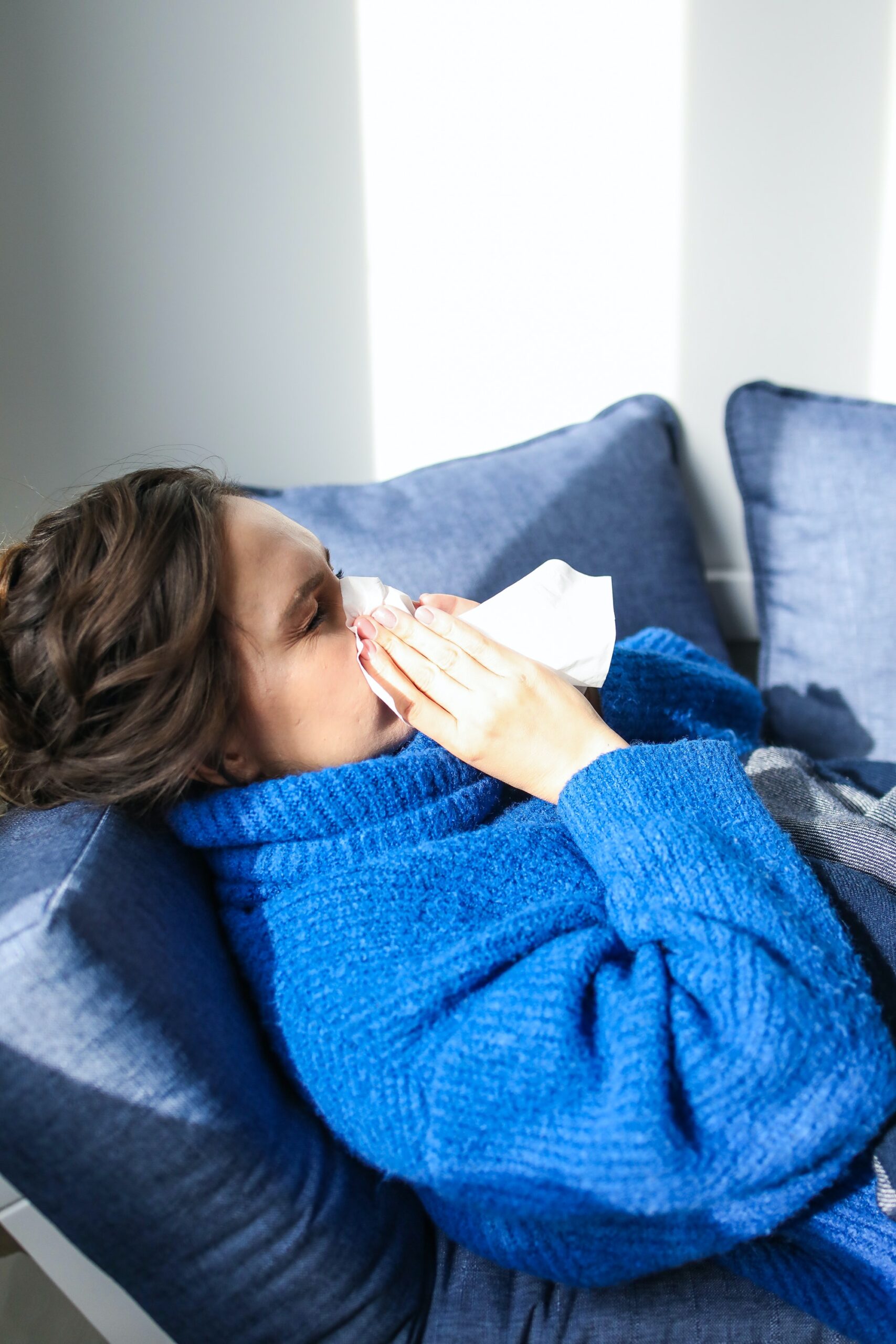
Allergies and histamine responses are some of the most common health concerns for people in the United States. These reactions can be caused by various things, including pollens from trees, grasses, weeds, or animal dander. Allergies are classified as either seasonal or year-round. Some people experience allergies throughout the year, while others experience them only during certain times when they’re exposed to allergens like pollen. A seasonal allergy is typically a response to something in the air, such as pollen and mold spores; a year-round allergy often has an environmental trigger like pet dander or dust mites. Here we will discuss ten most common allergies that affect Americans.
1. Peanut Allergies
Peanut allergies can cause mild to dangerous allergic reactions. This is because peanuts are a legume part of the pea family. The most common symptoms include a tingling sensation in your mouth and throat, itchy eyes, and an itchy skin rash between the shoulder blades. If you have peanut allergies, you may experience these symptoms after consuming even minimal amounts of peanuts. Peanut allergies are discovered during childhood and are life-long. If you have a peanut allergy, you should avoid peanuts and peanut products.
2. Fish Allergies
Many types of fish can cause allergies, including freshwater fish, such as carp and goldfish. Freshwater fish can cause skin reactions, such as hives and rashes. The most common symptom of an allergy to freshwater fish is hives and rashes on the skin. If you have a fish allergy, you may experience symptoms after eating the fish or touching it. If you have an allergy to freshwater fish, you should avoid these types of fish while trying to find a way around them in your diet. Symptoms of a seafood allergy include an itchy skin rash and swelling in the eyes or face after consuming seafood products. The most common symptom is swelling around the eyes or face that affects one side more than the other (conjunctivitis). The best way to avoid seafood allergies is by avoiding all shellfish, shrimp, crab, and lobster. Additionally, if you can’t avoid fish, you should be careful about what type of fish is eaten.
3. Egg Allergies
Some people cannot tolerate eggs. This is because eggs are an allergenic food, which means they contain proteins that cause allergic reactions in some people. The protein that causes the allergy is called ovalbumin. This protein can set off a range of symptoms, such as hives, sneezing, and rashes. Some of the most common foods containing eggs include mayonnaise, ice cream, scrambled eggs, and many other processed foods.
4. Gluten Allergies
Proteins found in many grains, including rye, wheat, and barley, are responsible for causing many of the symptoms associated with gluten allergies. These proteins cause inflammation in the digestive tract and can lead to several different health conditions, including various autoimmune diseases, such as celiac disease. Foods high in gluten include bread, pasta, cereal, noodles, soy sauce, and other sauces. Gluten allergies can be managed with a diet that excludes these foods from the diet.
5. Milk Allergies
Many Americans have milk allergies. People with milk allergies can have symptoms such as nausea or vomiting (after eating), hives (skin rash), or diarrhea after ingesting milk products. The proteins found in milk are called casein and whey, and they are responsible for the symptoms of milk allergies. In most cases, a person with a milk allergy is allergic to one of the proteins in cow’s milk. In addition, some people are allergic to other dairy products like butter and cheese. There’s a difference between milk allergies and lactose intolerance. Lactose intolerance is the inability to digest lactose, a sugar found in milk. A person with lactose intolerance can eat dairy products without experiencing any symptoms.
6. Pollen Allergies
Sections of grasses, weeds, and trees will release pollen during the spring and summer months. The pollen consists of millions of microscopic particles that can cause an allergic reaction in people prone to allergies. The most common type of pollen allergy is hay fever, which causes symptoms like sneezing, watery eyes, and an itchy nose after exposure to grasses, weeds, or trees during the springtime. Polen is also the cause of bad hay fever in the fall when grasses, weeds, and trees release their pollen.
7. Pet Allergies
Pet allergens include dander, saliva, urine, and feces. Dander is a fine powder produced by skin cells when the animal’s hair rubs against its skin. The pet dander can cause irritation and inflammation in human skin, leading to asthma attacks, eczema, and even other allergy symptoms. Pet dander can also affect the respiratory system, and in some cases, it can cause a severe allergic reaction. It is essential to keep your pet away from areas where you spend a lot of time, such as your bedroom or living room. Natural alternatives like Easy Air Organic Allergy Relief Spray can help you control dander allergies.
8. Dust Mite Allergies
Little organisms called dust mites are tiny, microscopic creatures that live in beds, mattresses, pillows, and carpets. They live in dark areas of the house and feed on dead skin cells. Every mite has eight legs and a long, slender body. When these creatures die, they release a substance called castings (moulting), which comprises dead skin cells and feces. Dust mites can cause symptoms such as sneezing, wheezing and runny eyes. Sometimes people experience allergic reactions to the castings produced by the dust mite. This can lead to asthma or rhinitis (runny nose). You can look into dust mite allergy treatment to help relieve symptoms. You can find natural remedies to clean carpets and mattresses. This detergent cleanses deep down into the fiber, removing dust mites and allergens.
9. Mold Allergies
Mold is a fungus that grows on paper products, wood, drywall, or other porous materials like carpet. Molds produce spores that can be airborne for extended periods and in damp environments like bathrooms and basements. Mold spores are highly allergenic because they contain proteins called ergots that cause allergic reactions. Symptoms of mold allergies can include sneezing, runny nose, itchy eyes, cough, and asthma. Damp areas where mold grows are the best places to test for mold allergies because spores can be found in those areas.
10. Allergy to Insect Stings and Bites
Those who are allergic to insect stings and bites experience a wide range of symptoms, including hives, swelling of the face, lips, and tongue, difficulty breathing, and nausea. People that are allergic to insect bites may experience pain or discomfort in areas where they were bitten or stung. People with allergies to insect bites must take allergy shots so they won’t suffer severe reactions such as anaphylaxis if they’re exposed to a bee sting or other bug bite. You may want to learn first aid basics just incase an allergic reaction ever gets out of control.
Allergies can be very stressful and inconvenient. Fortunately, there are ways to help you control your allergies. Natural remedies are a safe way to treat allergies that work by improving your immune system function. You must consult a doctor before starting any new treatment plan or supplement. Avoid using harsh cleaners, perfumes, and other chemicals in your home. Change your lifestyle to avoid allergens like dust mites, mold, and insect bites. The best way to treat allergies is by finding the root cause of the problem. To do this, it’s necessary to identify the source of your allergies. Once you know where the problem is coming from, use safe and effective remedies in treating the allergies without any side effects.


